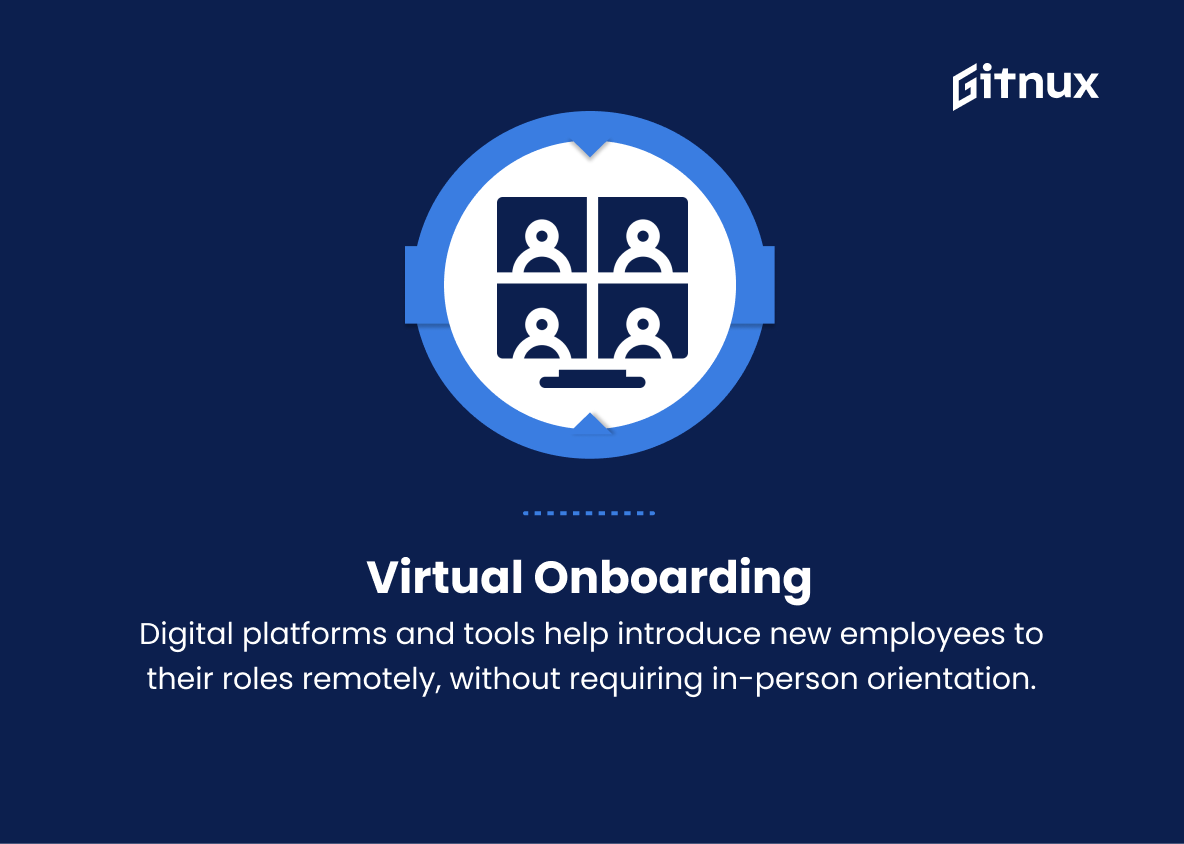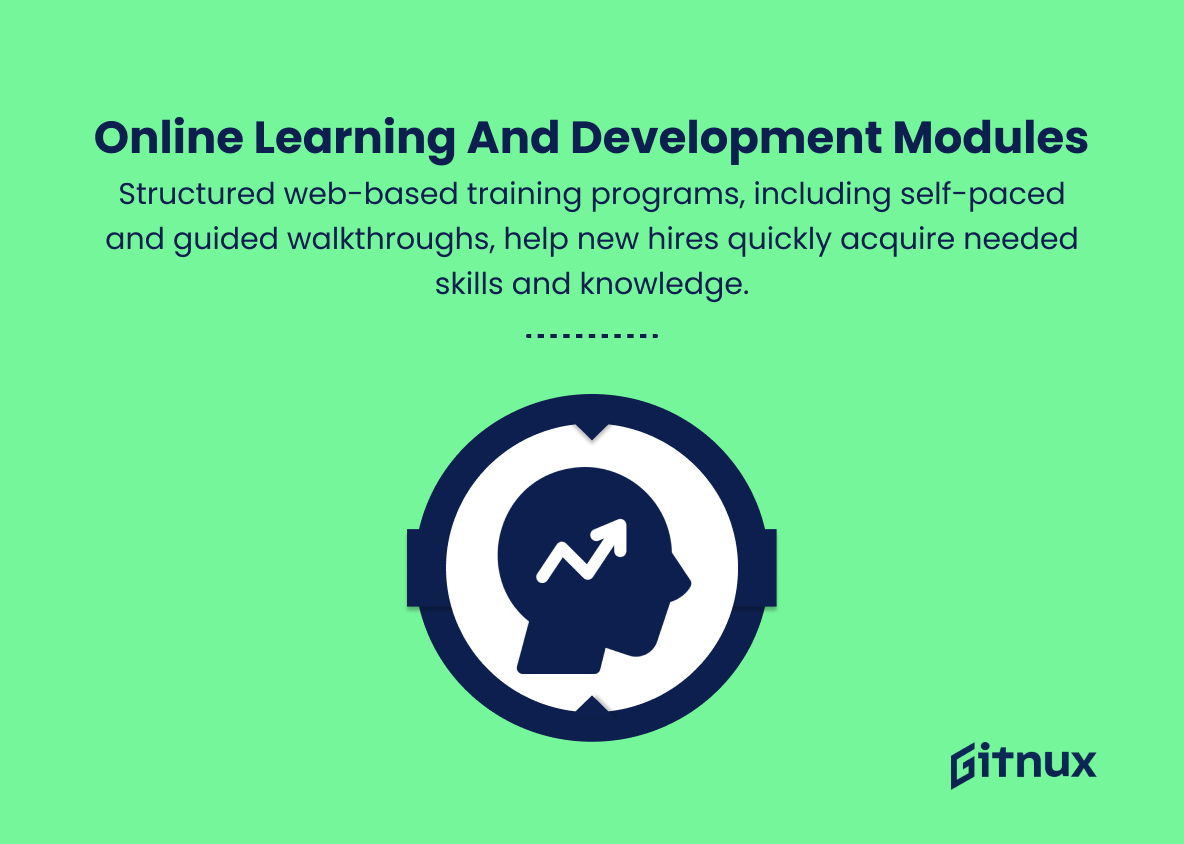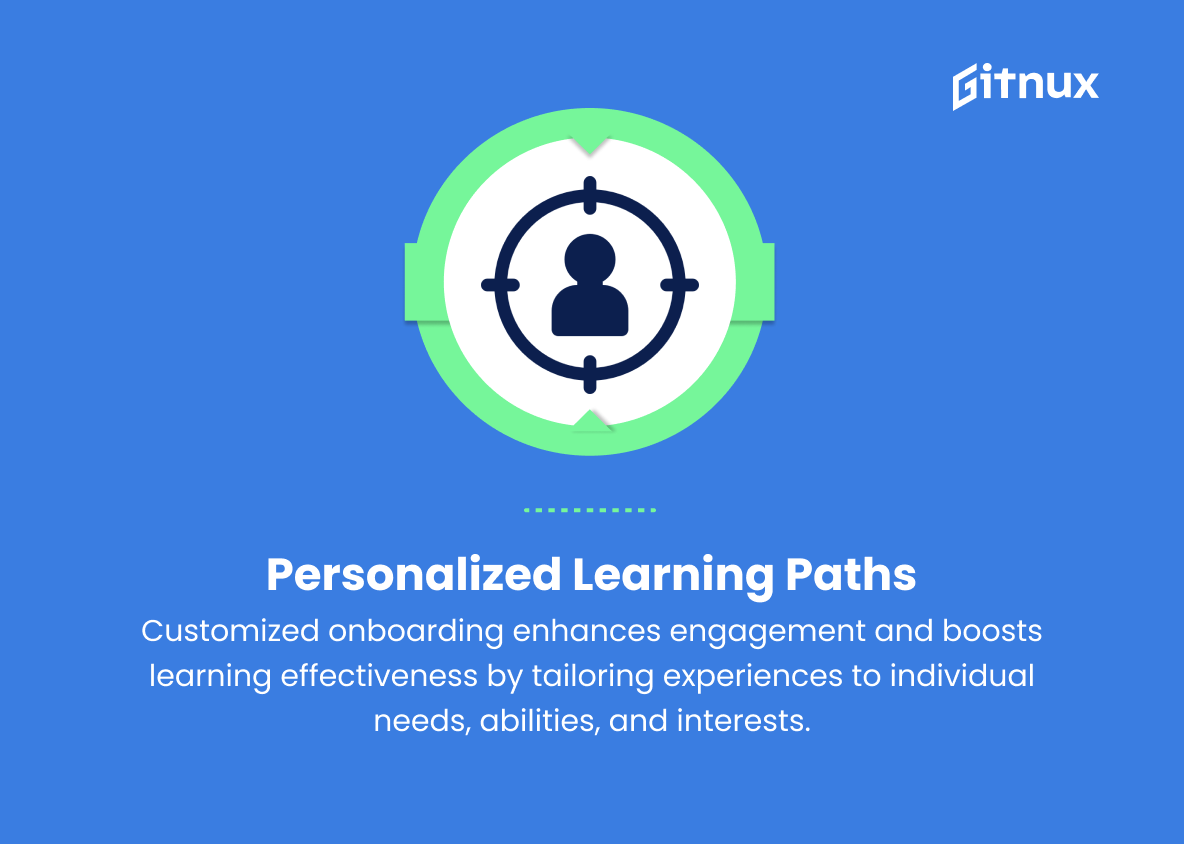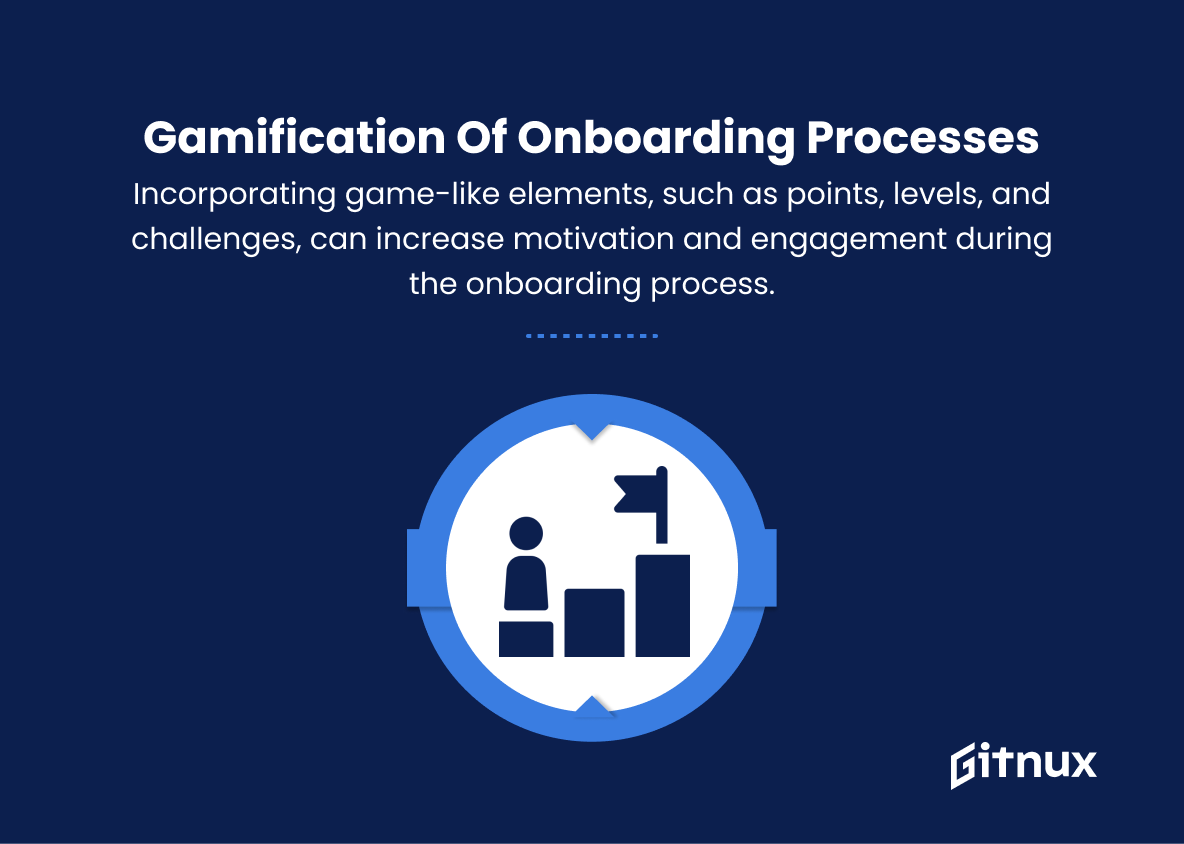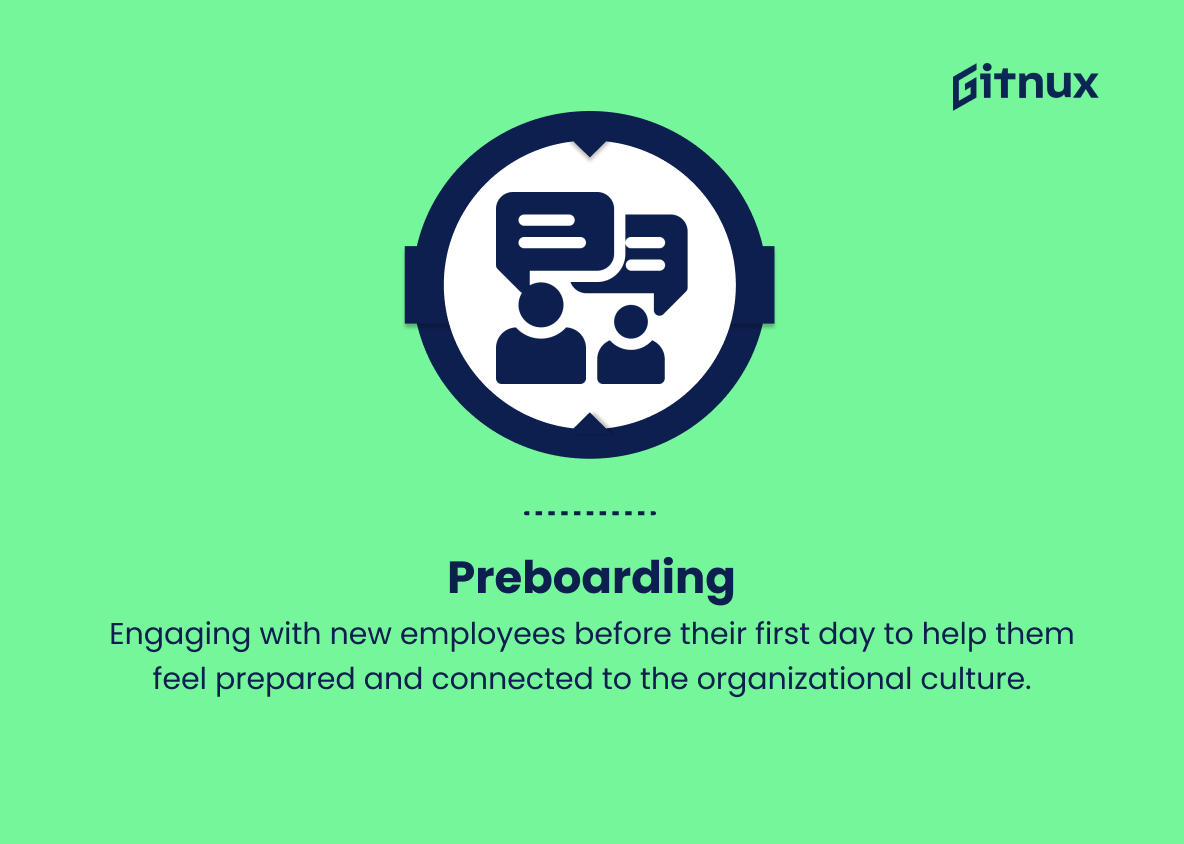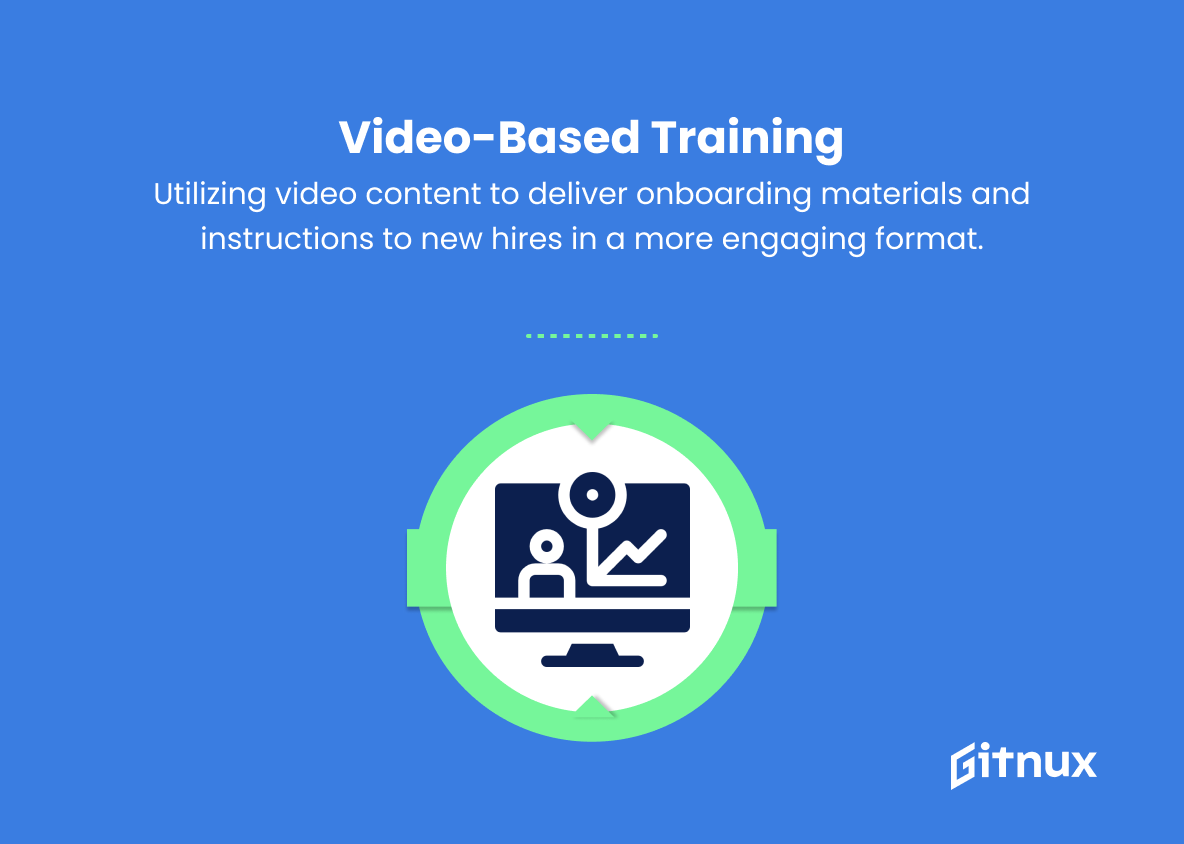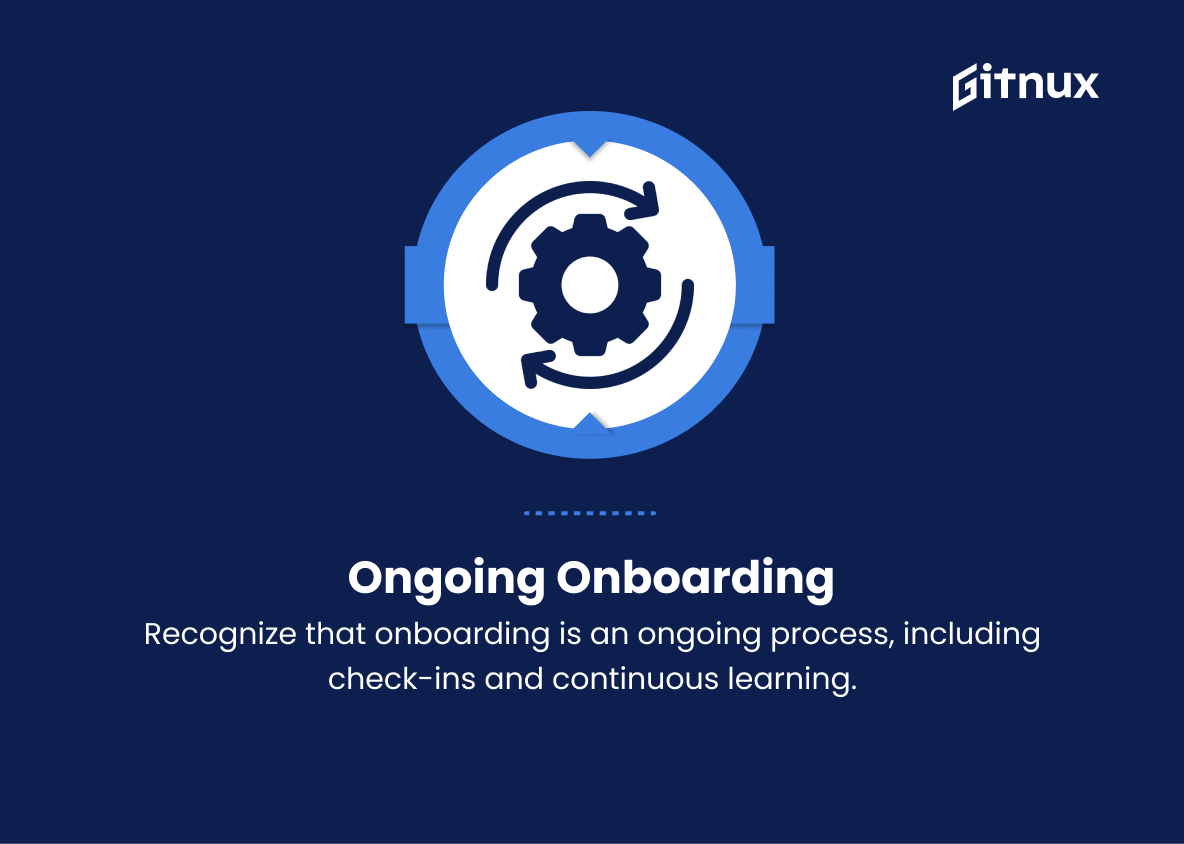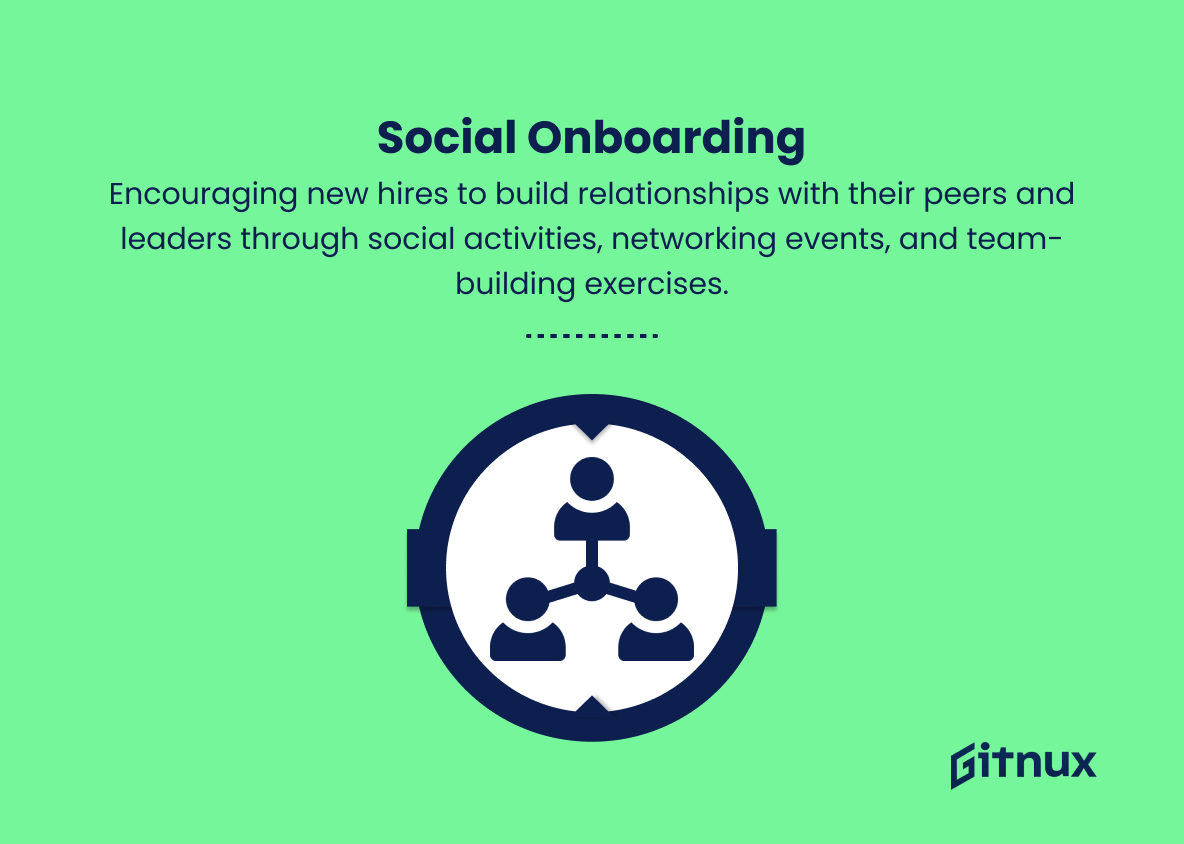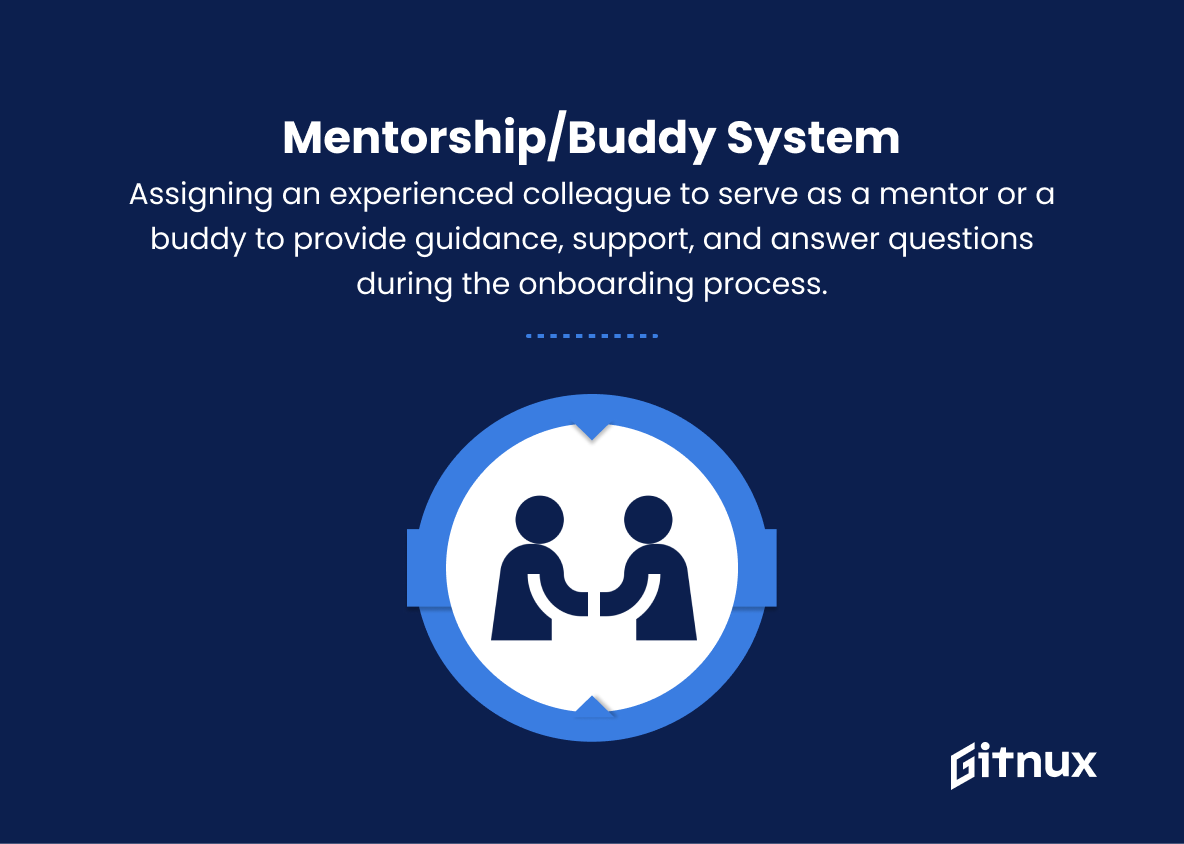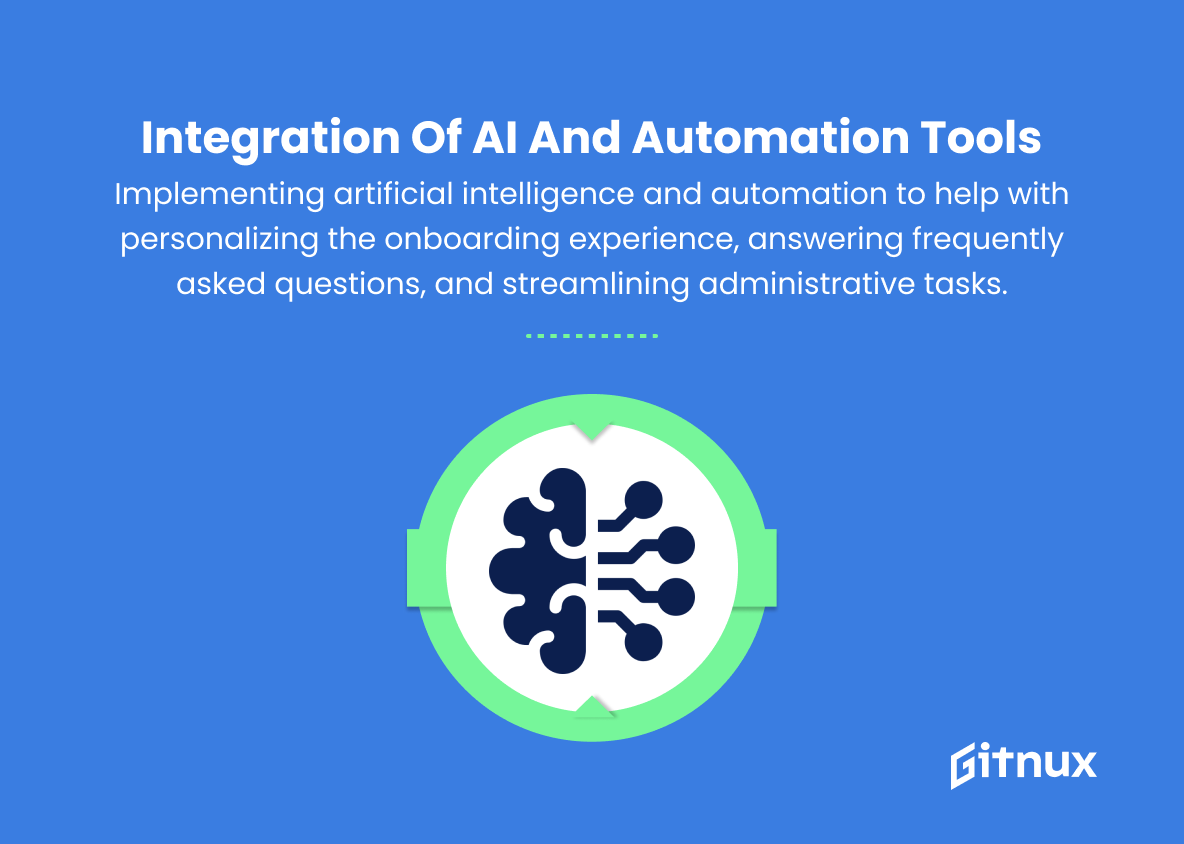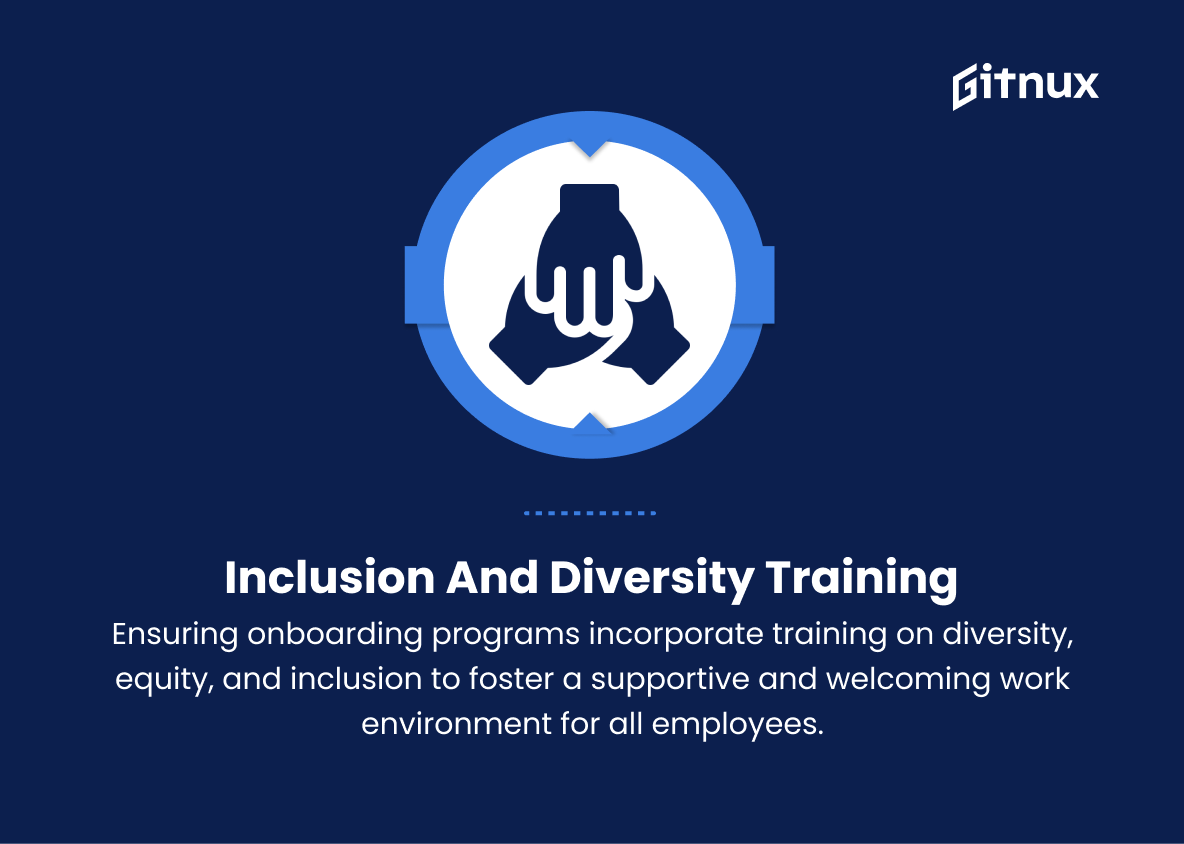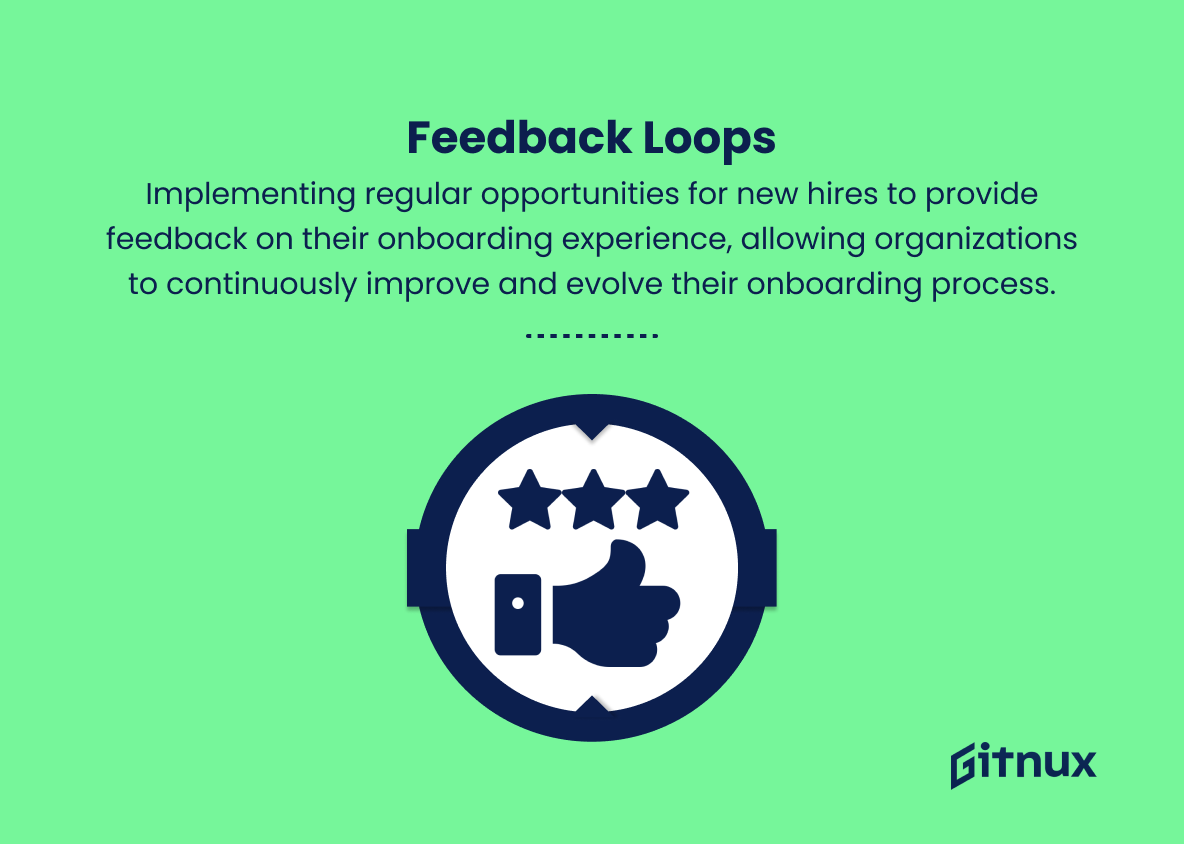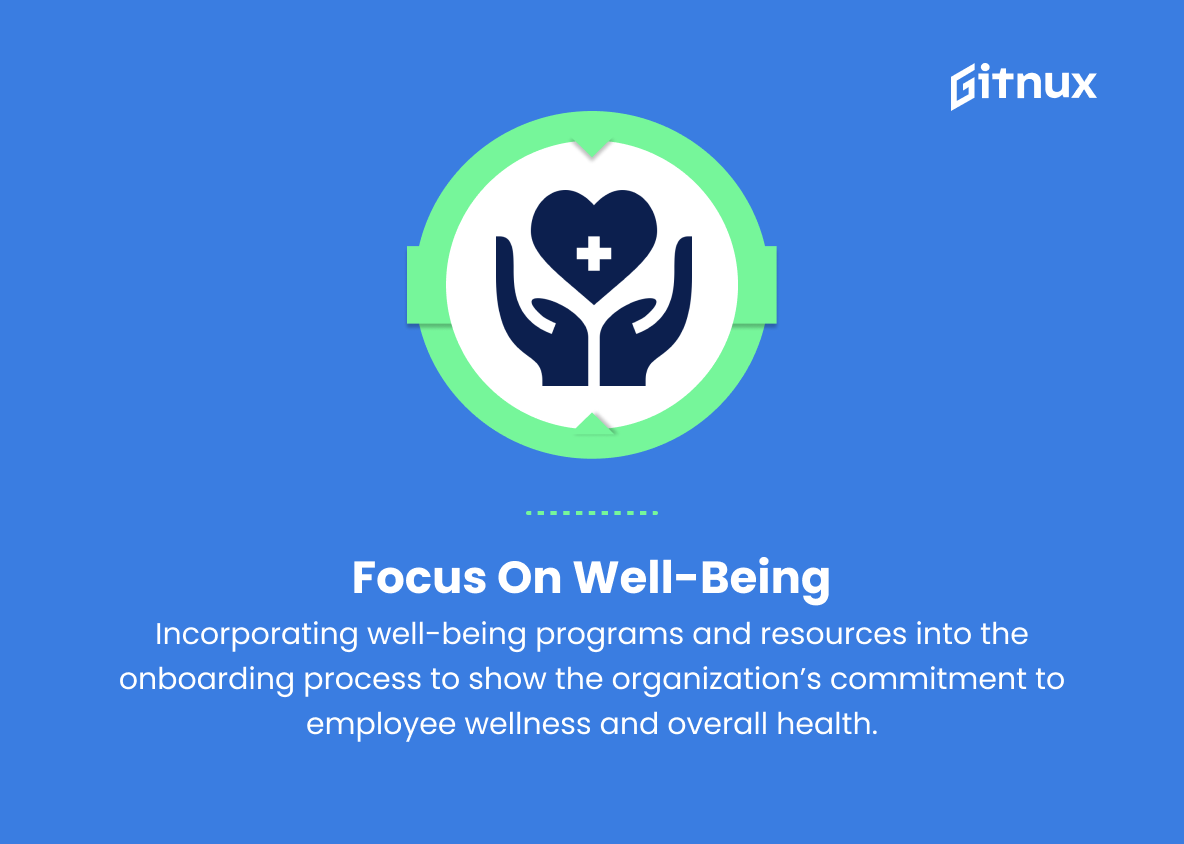In today’s increasingly dynamic business landscape, organizations around the globe recognize the immense impact of a robust employee onboarding process on the overall success and growth of the company.
With an eye toward improving employee retention, engagement, and productivity, companies are actively seeking innovative and effective onboarding strategies that cater to the diverse needs of the modern workforce.
This blog post delves into the latest employee onboarding trends, designed to facilitate a seamless transition for new hires, ultimately fostering a thriving organizational culture and driving competitive advantage in the fast-paced corporate world.
Top Employee Onboarding Trends
1. Virtual Onboarding
Digital platforms and tools help introduce new employees to their roles remotely, without requiring in-person orientation. These tools can provide an interactive experience while streamlining onboarding processes.
2. Online learning and development modules
Structured web-based training programs, including self-paced and guided walkthroughs, help new hires quickly acquire needed skills and knowledge.
3. Personalized learning paths
Onboarding programs that tailor learning experiences to each employee’s individual needs, abilities, and interests. This approach increases engagement and makes learning more effective.
4. Gamification of onboarding processes
Incorporating game-like elements, such as points, levels, and challenges, can increase motivation and engagement during the onboarding process.
5. Preboarding
Engaging with new employees before their first day to help them feel prepared and connected to the organizational culture. This can involve connecting new hires with future colleagues or providing preliminary materials on company values and goals before the official onboarding process begins.
6. Video-based training
Utilizing video content to deliver onboarding materials and instructions to new hires in a more engaging format. This can be more effective than text-based training.
7. Ongoing onboarding
Recognizing that onboarding is not just a one-time event, but an ongoing process that continues throughout an employee’s tenure at the company. This may involve periodic check-ins and ongoing learning opportunities.
8. Social onboarding
Encouraging new hires to build relationships with their peers and leaders through social activities, networking events, and team-building exercises.
9. Microlearning
Breaking learning content into smaller, digestible chunks to make onboarding materials more accessible and less overwhelming.
10. Mentorship/buddy system
Assigning an experienced colleague to serve as a mentor or a buddy to provide guidance, support, and answer questions during the onboarding process.
11. Mobile applications
Leveraging mobile apps in the onboarding process, allowing new hires to access training materials, schedules, and other resources on-the-go.
12. Integration of AI and automation tools
Implementing artificial intelligence and automation to help with personalizing the onboarding experience, answering frequently asked questions, and streamlining administrative tasks.
13. Inclusion and diversity training
Ensuring onboarding programs incorporate training on diversity, equity, and inclusion to foster a supportive and welcoming work environment for all employees.
14. Feedback loops
Implementing regular opportunities for new hires to provide feedback on their onboarding experience, allowing organizations to continuously improve and evolve their onboarding process.
15. Focus on well-being
Incorporating well-being programs and resources into the onboarding process to show the organization’s commitment to employee wellness and overall health.
Implications
The future of employee onboarding will be driven by innovative technologies and tailored experiences that prioritize individual growth and engagement.
Virtual onboarding through digital platforms will enable new employees to integrate seamlessly into their roles while minimizing the need for in-person orientation.
Online learning and development modules, personalized learning paths, and gamification will streamline the onboarding process, making it more engaging and effective.
Fostering connections before the employee’s first day, through preboarding activities, will strengthen their attachment to the company and its culture.
Video-based training, microlearning, mobile applications, and integration of AI and automation tools will enhance how onboarding material is delivered and consumed.
Social onboarding and mentorship programs will promote relationship-building with peers and leaders, enriching the employee’s overall experience. Inclusion and diversity training will remain a vital component, ensuring that employees feel supported and valued in the workplace.
Finally, an emphasis on well-being, as well as incorporating feedback loops, will create an overall holistic approach to employee onboarding that promotes both personal growth and long-term commitment to the organization.
Conclusion
As we have seen, employee onboarding trends are evolving rapidly, reflecting the changing landscape of the modern workplace.
Organizations that adopt these trends will be better able to attract top talent and create an environment where new hires can thrive. These trends include utilizing technology, fostering personal connections, integrating company culture, and promoting employee engagement and retention.
In a world where competition for skilled professionals continues to intensify, the importance of an effective and engaging onboarding process cannot be overstated.
By staying informed and adapting to these emerging trends, businesses can ensure that they are setting both their new hires and their organization as a whole up for long-lasting success.
